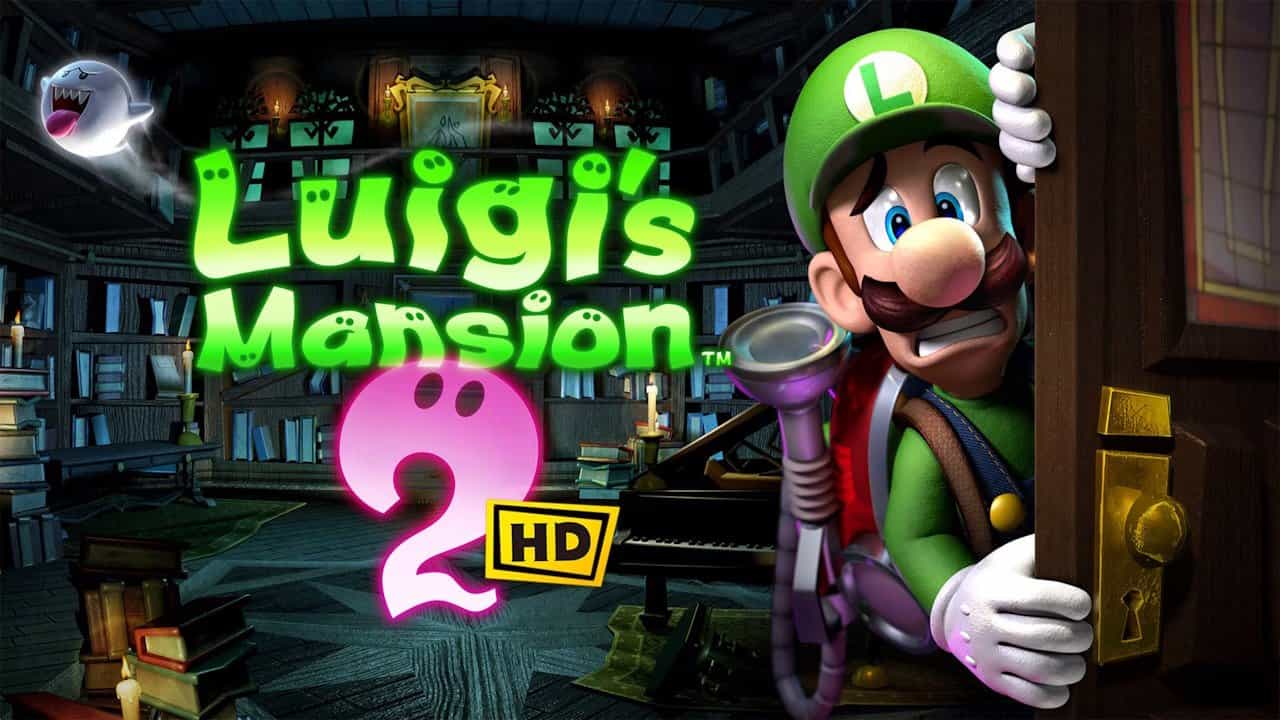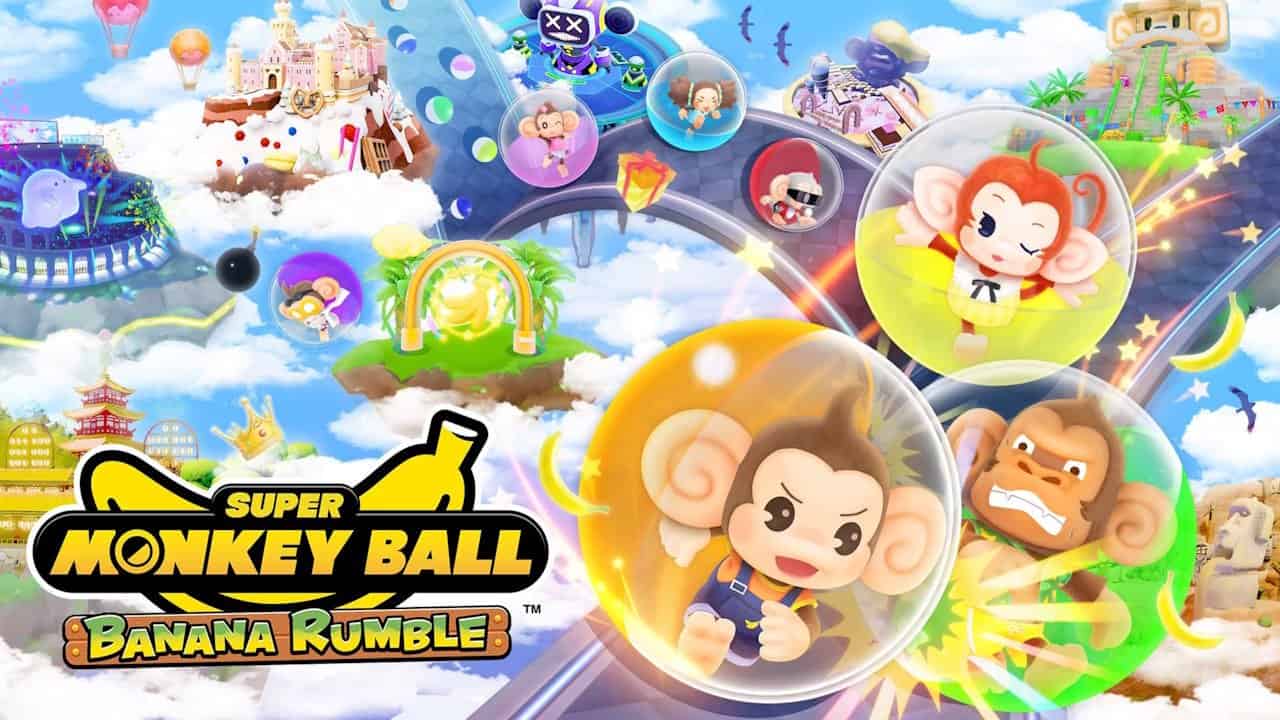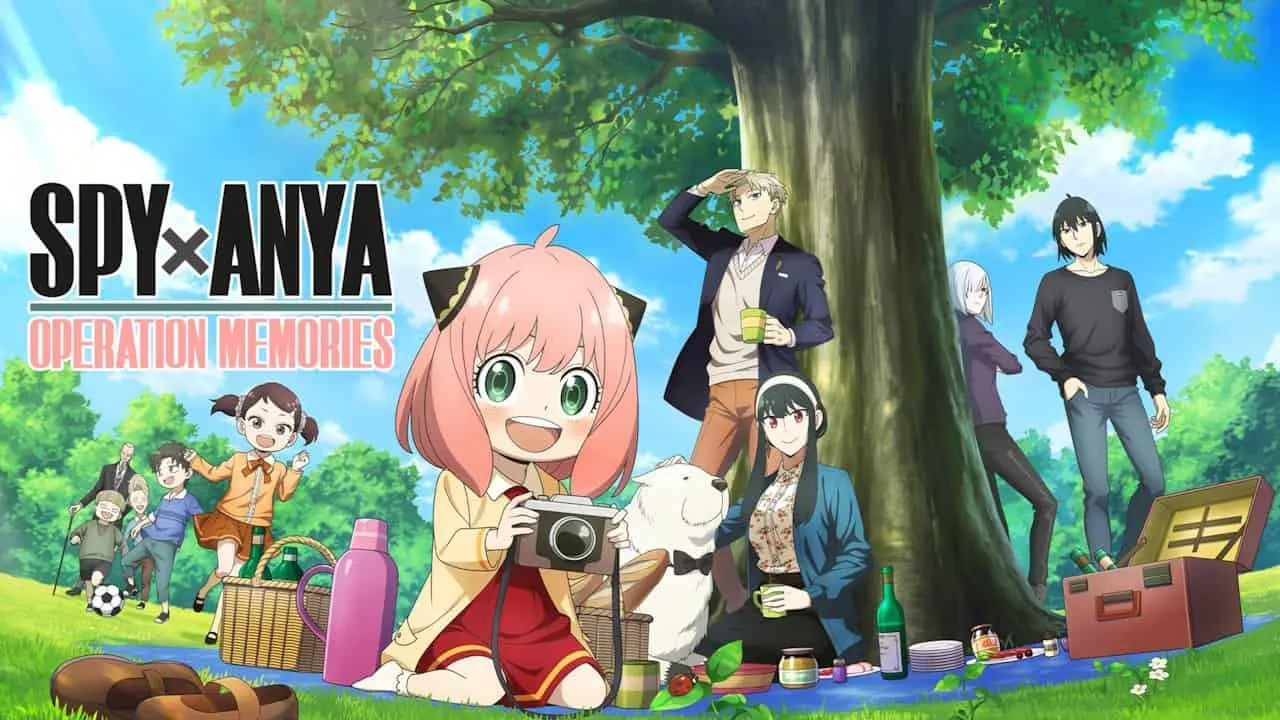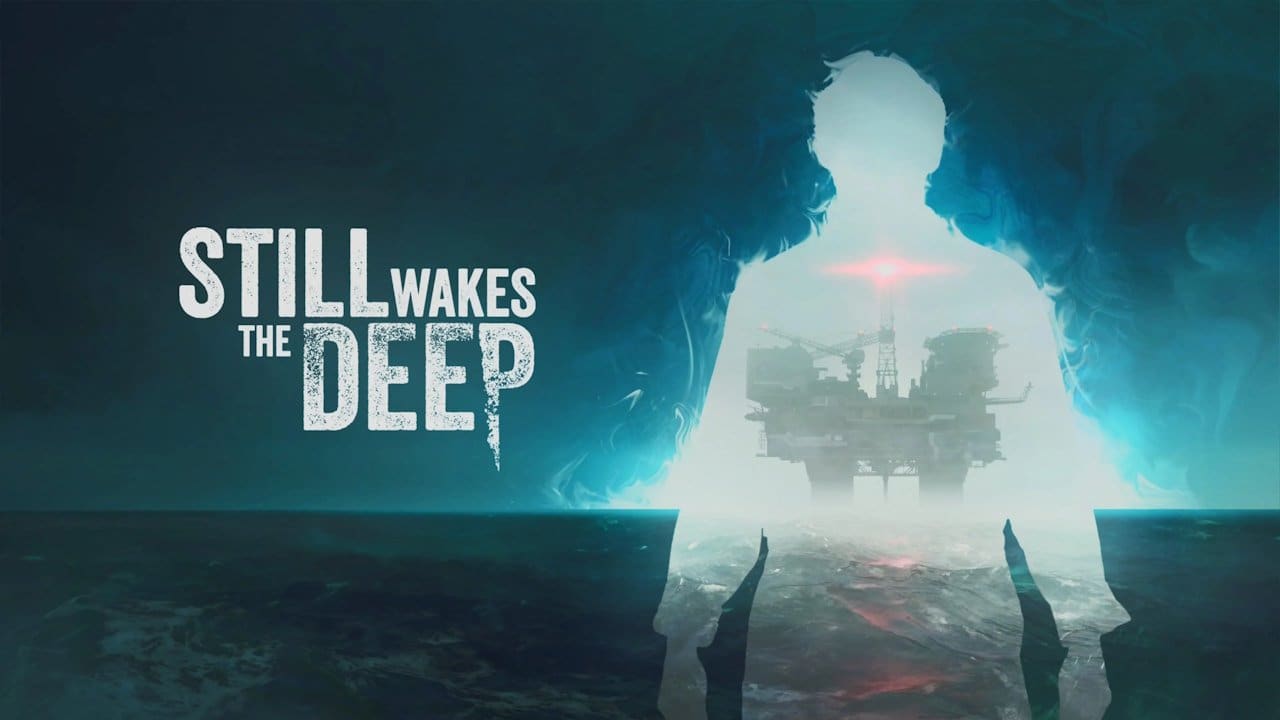Sea Of Stars Review

Official Score
Overall - 90%
90%
Sea of Stars sets itself apart with its unique look, relaxing vibes, engaging gameplay. Not only is it a great indie RPG, but it currently sits at the top of my indie GOTY list.
After first being announced in 2020, Sea of Stars launched during the busiest year in a decade. Can the indie RPG do enough to stand out, or should you wait for Starfield? Check out our review and find out.
Sea Of Stars Review
Sea of Stars is an indie RPG that follows the journey of two Solstice Warriors named Valere and Zale. Solstice Warriors are trained from childhood in the art of magic combat to stop Dwellers, ancient malevolent entities bent on taking over the world. From their humble home of Mooncradle, Val and Zale set out with their friend Garl to power up before the next Dweller fight. The first stop is the Elder Mist, a friendly mist-like creature who teaches you additional magic. Following their successful trial against this misty mentor, they are literally tossed off the island by a giant hand and tasked with gaining even more strength before the next eclipse.
Your first stop is a large island that is home to some miners. Tensions run high amongst them as their leader has mysteriously disappeared, leaving them in a state of disarray. When it is revealed you are Solstice Warriors, they ask for your help, and the actual game begins. The mine is a small dungeon with secrets to find, enemies to defeat, and, of course, a true boss to defeat. After helping them out, and with confidence at an all-time high, the party sets out to help others and gain more power to face the Dweller.
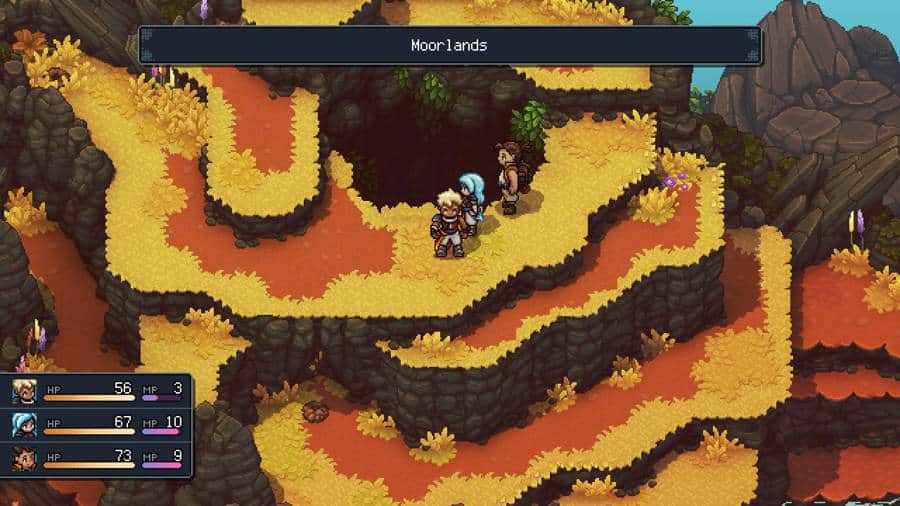
Combat is turn-based, but you are still expected to pay attention. Timing your attacks means bonus damage, while timing blocks reduces the damage taken. Special moves also do extra damage based on the timing of your attacks. Sunball, for instance, is a massive fireball that requires you to release the button at the correct time for maximum damage. While moves like Venom Flurry or Moonerang have you timing your hit repeatedly, building momentum and damage for as long as you can keep up with it. I’ve actually killed a mini-boss in one shot with a Moonrang, so in theory, you could kill a main boss with it as well.
Enemies aren’t going to sit around and let you pop off. During combat, you can see how many turns until they go and, more importantly, if they will use a special attack. If any enemy is priming a strong attack, they have a bar above their head with what types of moves you can use to counter their attack. So, for instance, it might be a sword, hammer, moon symbol, and sun symbol. This means you need to hit with a sword, blunt attack, moon attack, and sun attack, or else the enemy will get their super attack off. If you break the bar, the enemy’s attack is canceled. If not, you are risking a massive attack on your whole team. It keeps you engaged without being overwhelming.
Another thing you have to keep in mind is the combo moves. As you land attacks and defend from attacks, a combo meter builds up. When you gain a combo charge, you can use a basic combo, like Val and Zale doing an attack on the same turn. If you let it build up, you can use magic combo attacks for heals or significant damage. I like the Garl and Zale Sunball combo; you basically make a mortar attack. While combat is a big focus of the game, there is plenty of side content and exploration to do.
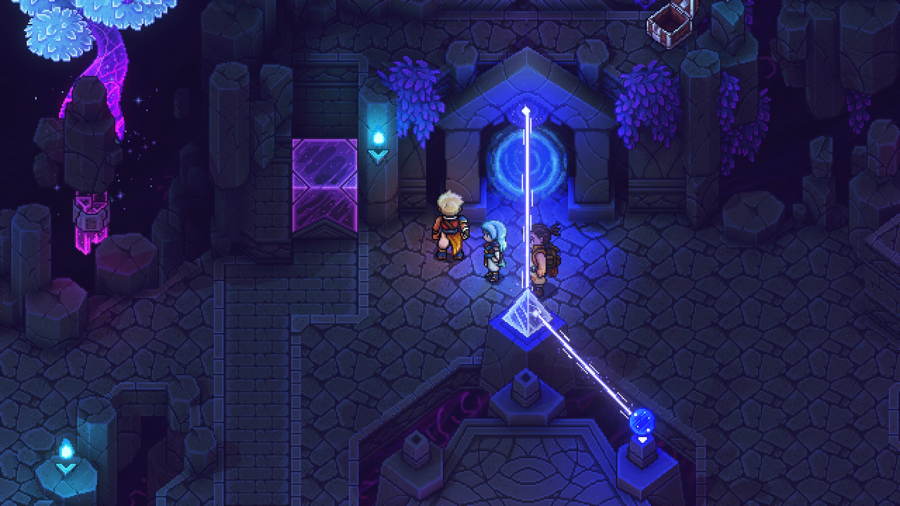
During your adventure, you will run into people with side missions to do. These are easily missed if you don’t interact with people, which I like. The people in need will tell you what they want but often won’t tell you where to get it. For instance, an enemy wanted a cookie, and the townsfolk wondered why the creature was there. After going around, grapple hooking to roofs and other areas, I found the cookie and delivered it. From there, I was led underground to another mini-game that I won’t spoil but was fun. If you keep your eye out, you’ll get plenty of bonus goodies and gear by helping out people.
It’s not just side quests that you’ll find while exploring. Like any good old-school RPG, you camp while in the wilderness. At camp, you can cook meals, which will be your recovery items in combat. With the right recipes, you can heal your whole party or recover mana with HP. It’s a simple and fun system that fits the game very well and really gives that adventurer vibe.
I also want to talk about how well the game is balanced. I never had to grind, but I did backtrack for some quests. I was 2 to 3 levels higher than I was supposed to be for each area, and I never felt like I needed to grind more. The economy in the game is also right on the money. I could always afford all the new weapons and armor I wanted and still have a bit left over for food or recipes. It is all very well-paced.
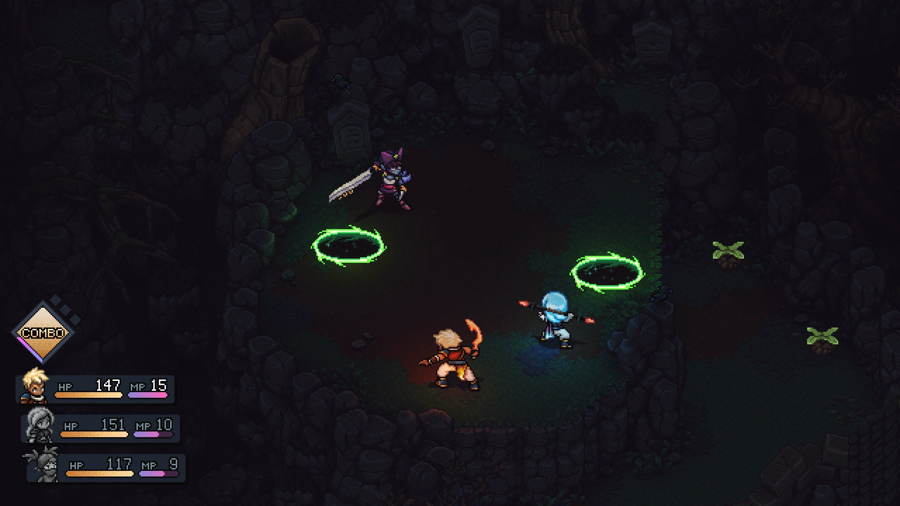
Now, for a few things I don’t like. The map in the game is a world map, not a zone map. Sometimes, I’d get lost and would have liked a map to see what areas I’d seen already. Another issue was with a certain character. One of her special moves had the character going high into the air but at random spots on the map. If you timed her attacks right, you would keep the attack going longer and longer. Sometimes, the character would jump off the screen, making it hard to keep the combo going. These are minor issues in an otherwise great game.
Sea of Stars sets itself apart with its unique look, relaxing vibes, engaging gameplay. Not only is it a great indie RPG, but it also currently sits at the top of my indie GOTY list.
